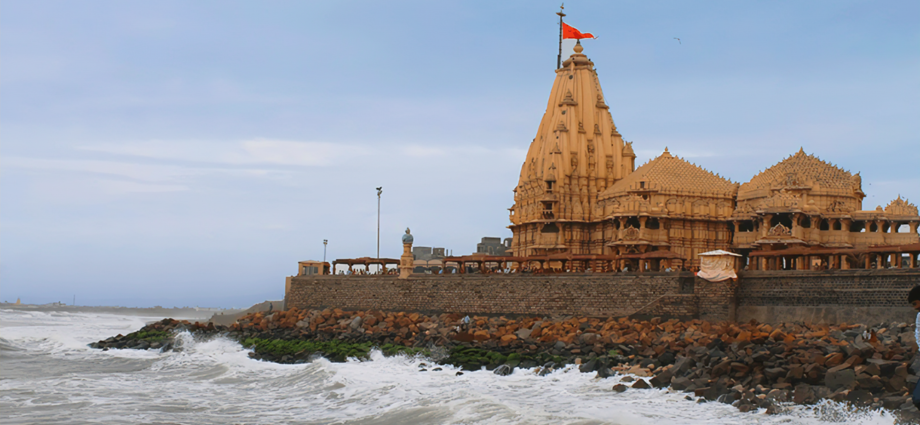On one fine day in 1922, an ordinary person visited the ruins of Somnath temple and cried silently about its condition. He thought loudly: I have a dream, much before a certain Martin Luther King Jr. would say on a momentous day in 1963. He was none other than KM Munshi, who would go on to become an illustrious minister in the Nehru cabinet. His contribution to the protection of Hindu Dharma was going to be immense.
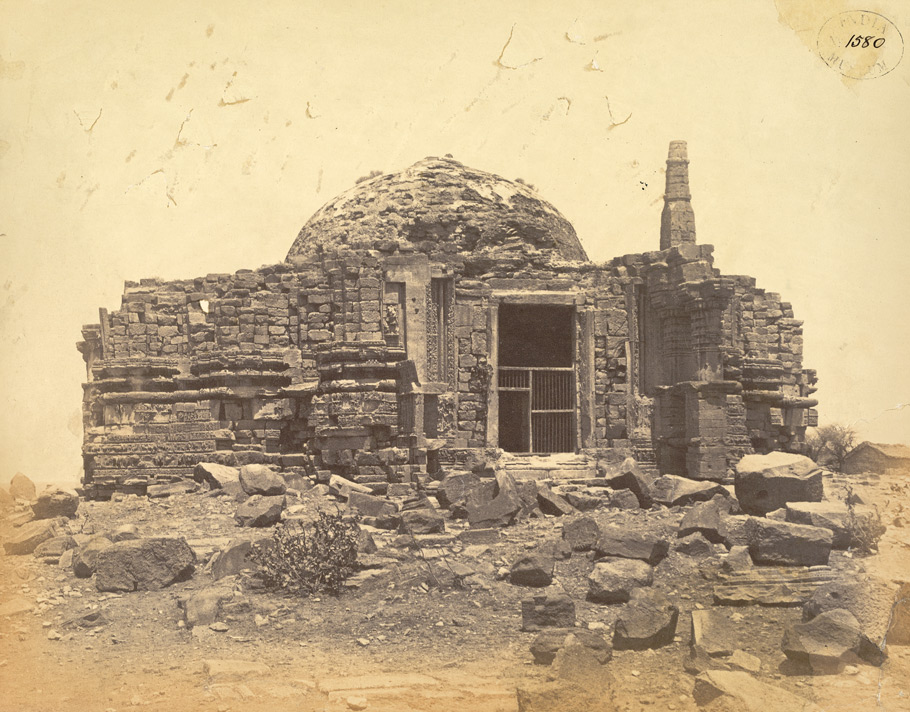

The finale of the tragic destruction of the Somnath Temple occurred in 1665 CE when it was converted into a mosque on the instructions of Aurangzeb. The temple was abandoned for over three centuries, only surfacing occasionally in ancient British photographs and paintings.
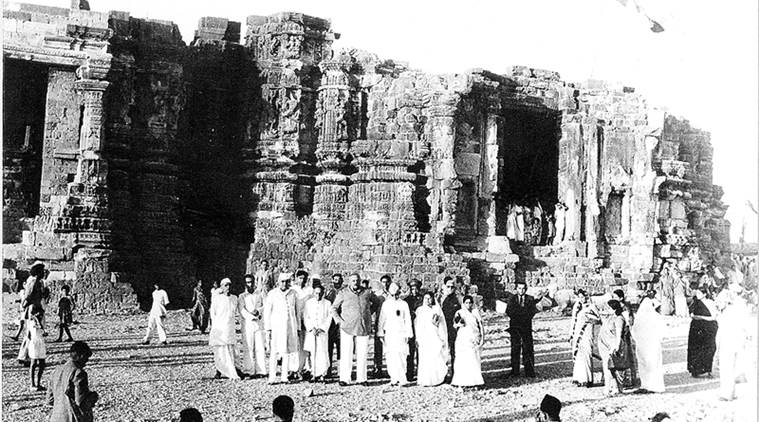
After Independence, the Nawab of Junagadh, under which resided the Somnath, consented to merge with Pakistan even though Hindus formed a huge 82 percent of the population. The State proclaimed its accession to Pakistan on August 15, 1947, to which the Pakistan government gave the recognition on September 13, 1947. India refused and an ‘Arzi Hukumat movement’ was launched for the economic boycott of the region. Critical commodities like kerosene, textiles, sugar, wheat and coal were denied to Junagadh. A referendum was also held and the army was sent by Sardar Patel to overcome any trouble. The Nawab then escaped to Pakistan with all his jewels, mistresses and dogs. Its dewan Shah Nawaz Bhutto requested Patel to take over the administration of the State. His son Zulfikar Ali Bhutto later went on to become the prime minister of Pakistan. However, few of the Nawab relatives, especially the Babi clan, the descendants of Allaudin Khilji, chose to stay in India. One among them, Parveen Babi, later became a top actor in the Hindi film industry in the 1970s.

On the auspicious day of Diwali, Sardar Patel paid a visit to the temple on November 12, 1947, and urged it to be restored to its former glory. Suddenly, the atmosphere became pregnant with the orgasmic cries of Jai Somnath. KM Munshi, then a minister, took an active interest and ensured that the project saw the light of the day. Gandhi was a vocal votary of the temple’s reconstruction through donations from ordinary Indians, but not with government funds. Nehru, as usual, lodged a vehement opposition, dubbing it a sign of ‘Hindu Revivalism’. The measure was also opposed by Maulana Abul Kalam Azad, the education minister, arguing in one of the cabinet meetings that the ruins should be handed over to the Archaeological Survey of India (ASI) to be maintained as a historical monument. Many leftist archaeologists and historians also started their opposition to the construction, stating that history was being unjustly destroyed. Prominent among them was one B. K. Thapar of the Department of Archaeology. It is another matter that the same historians left no stone unturned to repair and restore the Muslim tombs. A Public Work, Mines and Power (WMP) Ministry was assigned the upkeep of umpteen dargahs, mazars and shrines. Both Patel and Munshi overran their objections for Somnath.
During 1947-50, after the partition, thousands of Hindu and Sikh migrants were stationed at Humayun Tomb, Purana Qila and Safdarjung tomb in Delhi, which had quite an open space. The monuments became dirty because of the human waste of the migrants. Their manicured lawns and fountains were spoiled, angering Nehru no end. He then issued a firman to evict them from the Mughal monuments as early as possible. He also kept parroting the word “secularism” even though it was not formally inserted in the constitution after opposition from members of the drafting committee. It was later included through the forty-second amendment in the preamble of the constitution by Indira Gandhi in 1976 very dubiously during Emergency.
A trust was formed in 1949 to oversee the prestigious project. The foundation stone for the new temple was laid on May 8, 1950, and the remnants of the previous temple-cum-mosque were demolished by October 19, 1950. A new mosque was constructed at a nearby place. The new temple was designed by noted temple builder Prabhashankar Sompura, whose clan had been building temples in Gujarat for centuries. The new temple was built in the Chalukyan style and mostly used the material from the ancient remains. They diligently passed their knowledge of Shilp Shastras to their offspring and consequently, Chandrakant Sompura, his grandson, designed the new temple at Ayodhya.
In between, Digvijaysinhji Ranjitsinhji, the ruler of Jamnagar and trustee of the Somnath Trust, donated a princely sum of Rs 1 lakh towards the temple funds. He also wrote to Indian diplomats, requesting that they “send a pinch of soil, a few drops of water, and twigs from the respective countries where they were stationed, so that the reinstallation of the idol might symbolise the unity of the world and the brotherhood of men.” In this way, he wanted to convey the universal Hindu message of Vasudhaiva Kutumbakam.
This had the effect of internationalising the issue, and many diplomats opposed the measure. KM Pannikar, a Nehru loyalist, complained to Nehru, who was not happy with the project right from the start and now strongly felt that his secularism was in danger. Nehru, in turn, again cautioned Munshi, who chose to tread tactfully this time, and the measure was dropped. Jam Saheb’s aspirations would be fulfilled later when the water from rivers and oceans across seven continents was offered at the Ram Janmabhoomi temple in Ayodhya in 2020.
Sardar Patel died on December 15, 1950, in Mumbai and the whole responsibility came on the shoulders of Munshi. With both Gandhi and Patel gone, Nehru now had a vice-like grip on the destiny of India. He would do whatever his whims and fancies demanded. He was the new Mughal and wanted to rule the country on the pattern of Akbar, if not Aurangzeb. Munshi was, however, determined like a warrior and kept his focus like Arjuna. Helping him in this project of national importance was VN Gadgil, the Minister of Urban Development and Rehabilitation. After a lot of hiccups, the temple was finally completed in 1951.
Munshi also planned to organise a Sanskrit conference at Somnath to which many foreign scholars were invited. Nehru initially did not have any objection but seemed to develop the cold feet later on. Munshi retaliated by writing to him that the invite had already been sent and there could be no reneging. Nehru was also not happy with the presence of foreign journalists during the inauguration, for which Munshi expressed his helplessness.
The story does not end here, however. Dr. Rajendra Prasad, the then President of India, was invited to inaugurate the temple by Munshi. The preparations began for the pran-pratishtha as per the shastras in all earnest. The President gave his consent happily. When Nehru came to know of such development, he asked him firmly to reconsider his decision as it would unnecessarily annoy the Muslims. Prasad remained unmoved and ignored Nehru’s request.
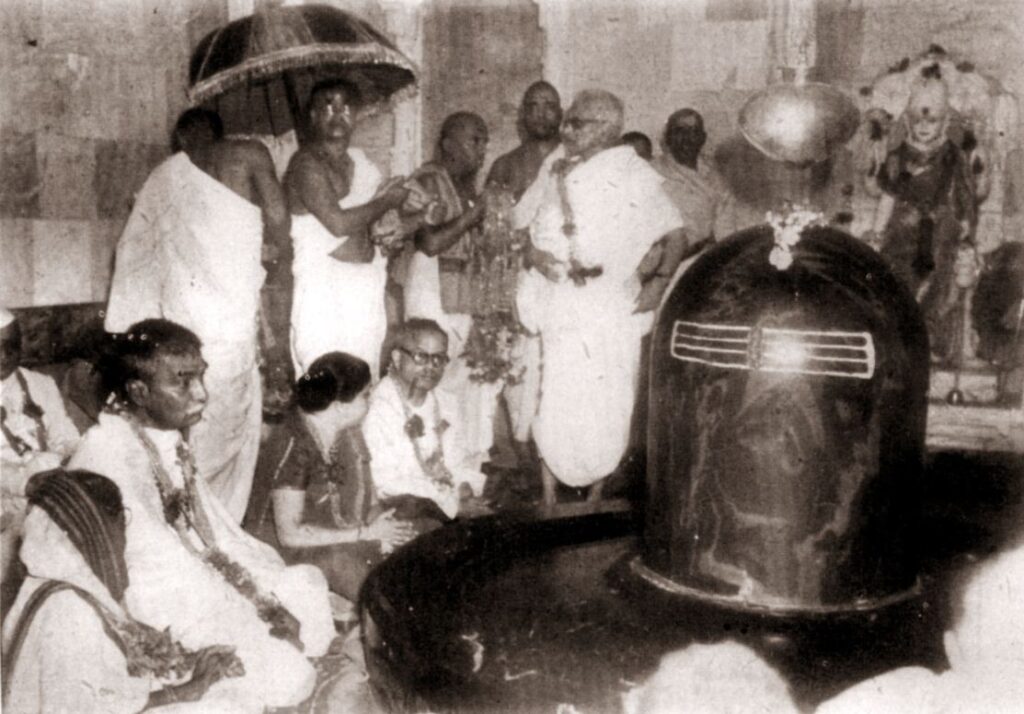
Mighty peeved at such an open insult, Nehru then wrote to all the chief ministers of India on May 2, 1951, to desist from associating with the temple in any capacity and many indeed obliged. On May 11, 1951, Prasad inaugurated the new temple, marking a new epoch in the history of Hindu temples.
The President, in his speech, stated that the power of reconstruction was always greater than the power of destruction.
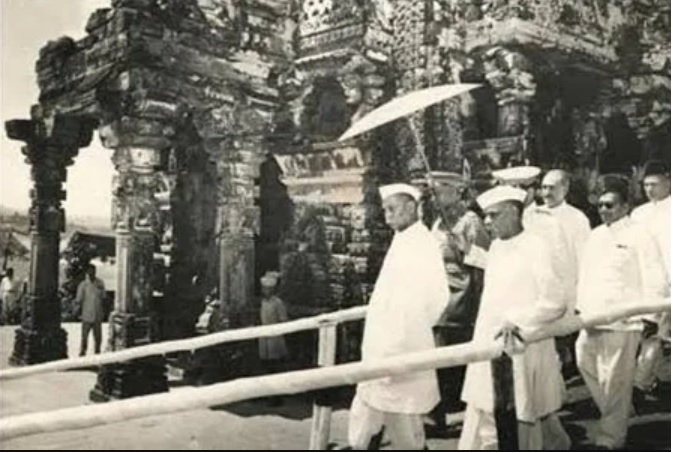
Source:
- KM Munshi, Somnath, the shrine eternal, 1951
- Peter Van Der Veer, Ayodhya and Somnath: Eternal Shrines, Contested Histories
- Richard H. Davis, Lives of Indian Images
Written by Amit Agarwal, author of the bestseller on Indian history titled “Swift horses Sharp Swords”. You may buy the book at the following link:
https://www.amazon.in/gp/product/B08KH3R4MN
https://www.amazon.in/dp/9355788266 (Hindi)
https://www.flipkart.com/swift-horses-sharp-swords/p/itm8c52d865c29bb?pid=9789354165214

Twitter handle @amit1119 Instagram/ Facebook – amitagarwalauthor
N.B. Featured image added by editor sourced from internet.
![]()
- How Hindu rituals spawned numerous advancements in science, maths and other arts - March 13, 2024
- Naga Sadhus and their fighting skills - February 20, 2024
- Lessons for India from the Israel-Palestine conflict - October 12, 2023

